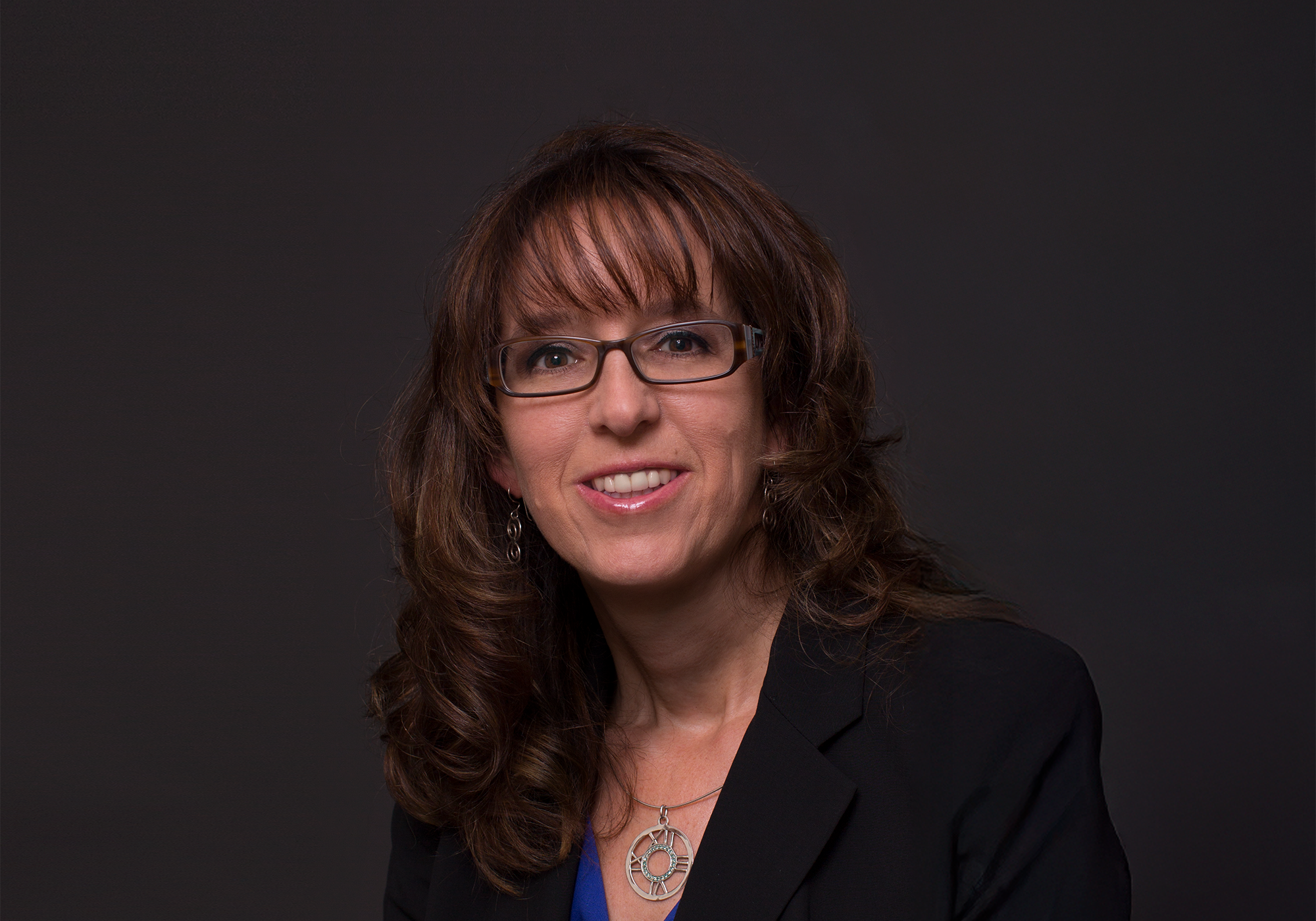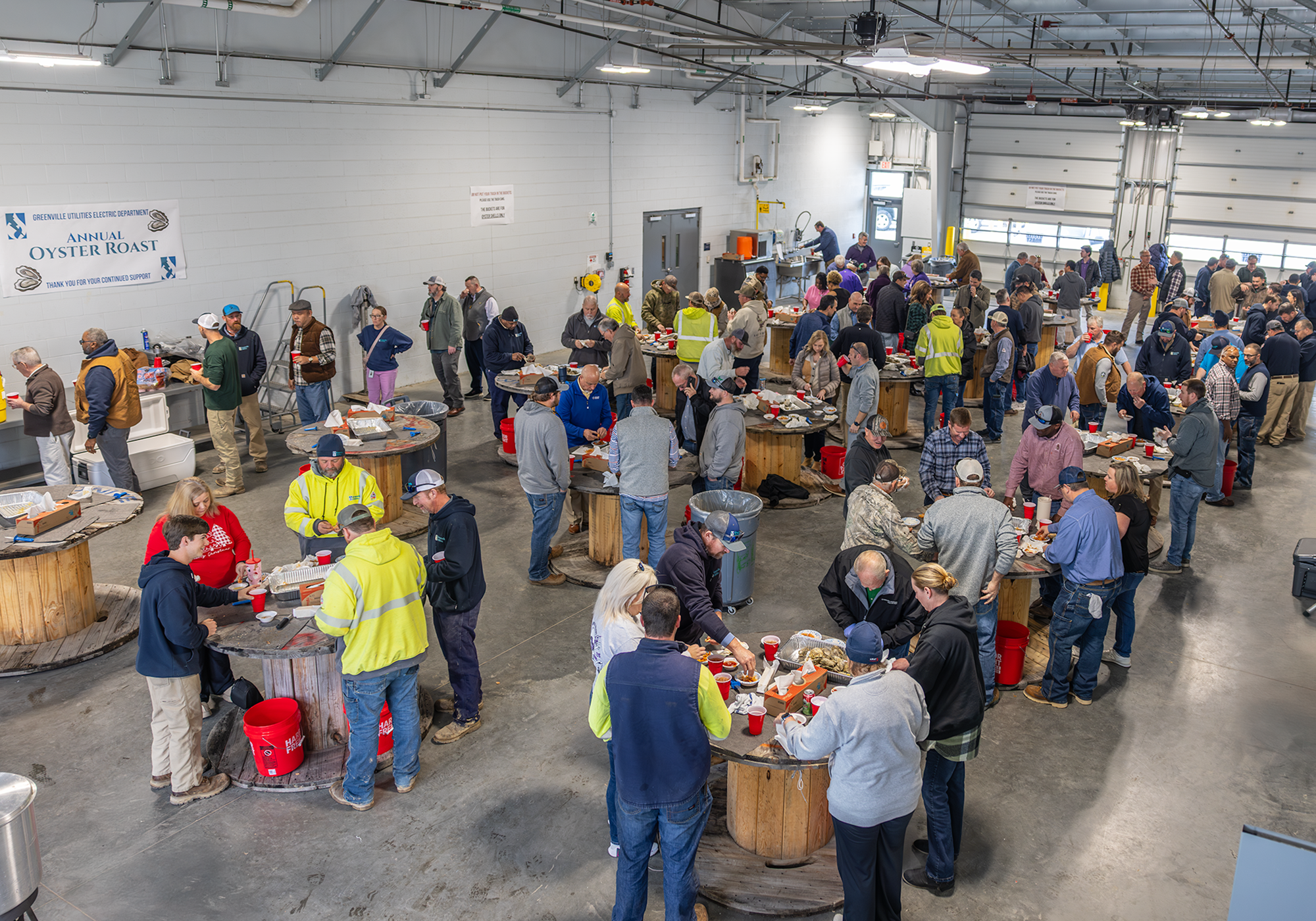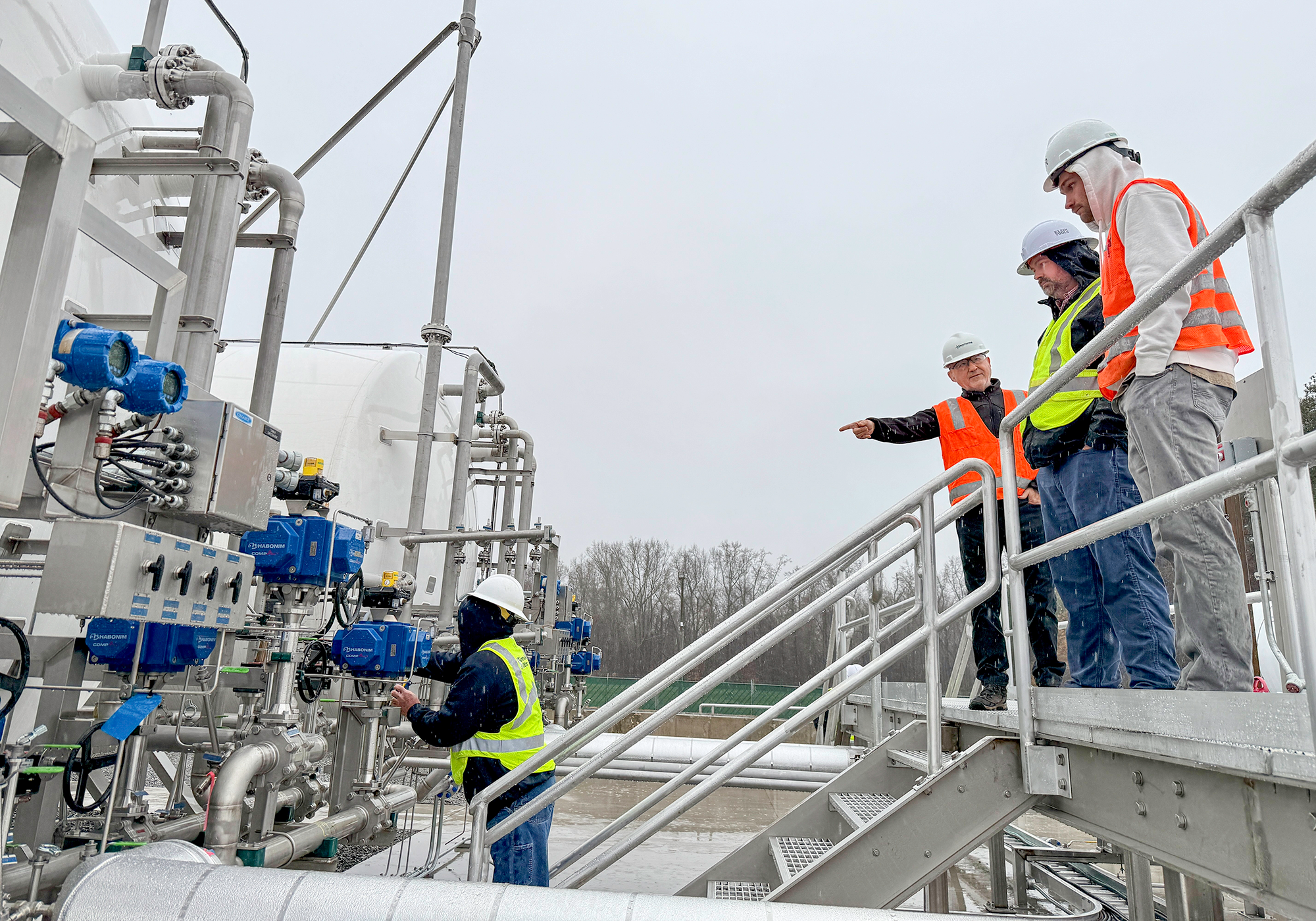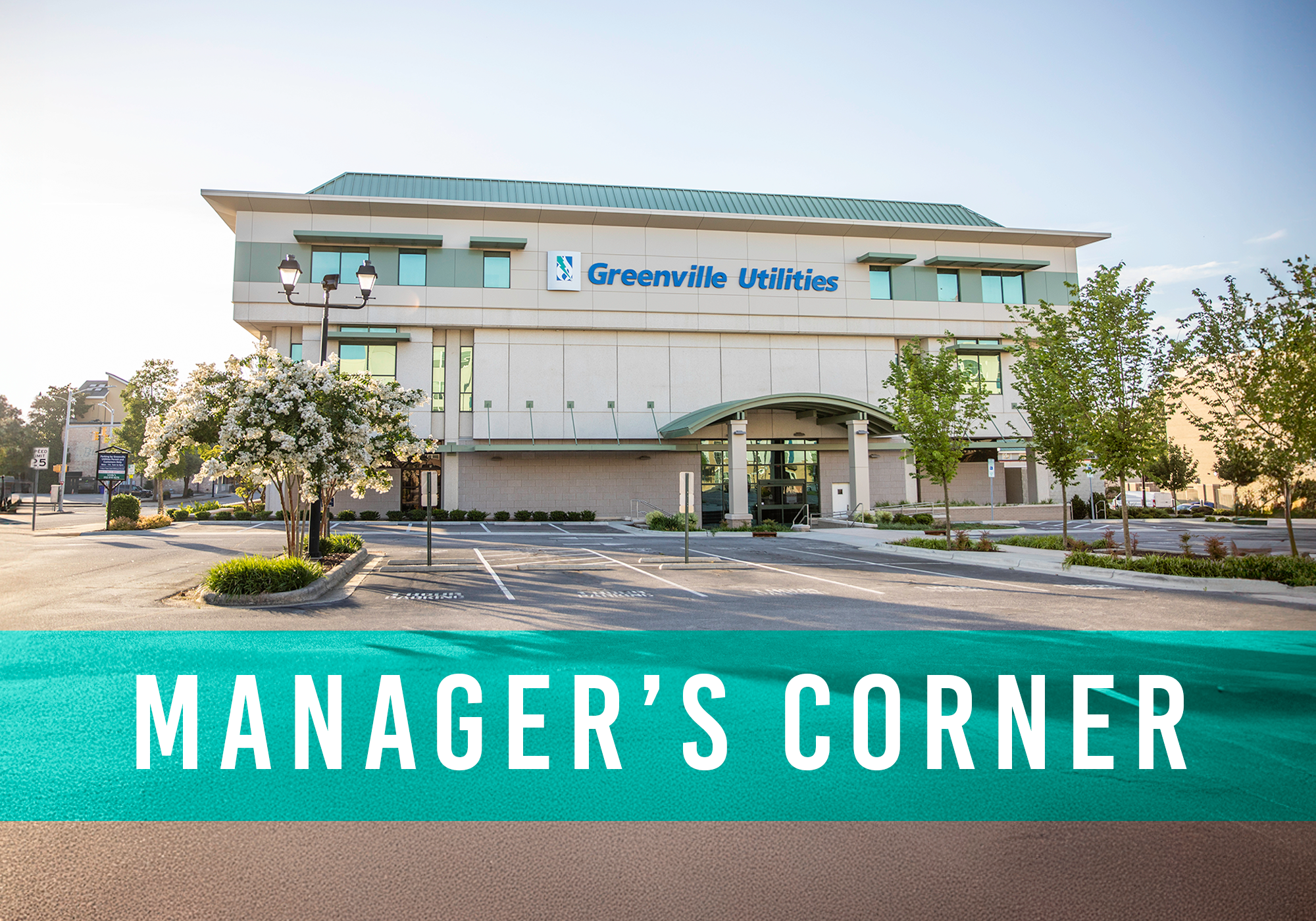
HR is striving to proactively meet recruitment challenges through building a more diverse workforce.
Recruitment challenges that GUC is facing include an aging workforce across the entire utility sector and around 21 percent of employees reaching retirement eligibility.
Senior Human Resources Manager Lena Previll updated the GUC Board of Commissioners in September on HR’s work in recruiting more diverse candidates to join GUC.
“With all of our recruitment efforts, our goal is to build the most robust applicant pool, so that we can hire the best candidates for our available positions,” Lena told the board.
Assistant General Manager/Chief Administrative Officer Chris Padgett said that HR has been working on this recruitment initiative in recent years.
“We previously worked with ECU to evaluate our recruitment practices with a goal to ensure we are getting qualified minority and female applicants to fill positions,” Chris said.
“The result of that review was that we do a lot of things really well and there were opportunities to get better.”
Throughout 2025, HR has continued to implement a strategic recruitment campaign to reach the best and the brightest.
GUC’s areas of focus this year were building diverse pipelines to attract under-represented talent, enhancing diversity awareness, and assessing diversity recruitment efforts.
Building A Diverse Pipeline
A foundation for HR’s strategy to build diverse pipelines is to partner with educational institutions to reach young people.
This year HR partnered with local schools through career fairs and career days; participated in the Pitt-Greenville Chamber of Commerce’s Grow Local program and Pitt County Schools through the Tradesformers program, served on advisory councils with the Innovation Early College High School and PCS Career and Technical Education program, and served on Pitt Academy Early Education Program’s Business Support Committee.
HR aligned with higher education through partnership with East Carolina University’s career activities; participated in ENC Alliance and Pitt Community College’s “Better Skills, Better Jobs” fair; collaborated with PCC for apprentices, employed interns in electric, finance, HR, IT, Public Information, and Water Resources; and partnered with other local colleges by participating in 12 career fairs – including HBCUs.
“This year we focused on building community connections to plant the seeds that GUC is great place to work,” Lena said.
HR hosted its first community connection roundtable with a number of community leaders. The roundtable discussions included conversations about strategies to support a growing community, sustainable partnerships, community engagement, resource sharing, skill-based volunteering, and community impact.
(For more on the community roundtable click here.)
GUC also sponsored the ENC HBCU Combine, the Jackie Robinson Baseball League, and the National Pan-Hellenic Council (NPHC) of Pitt County Greekfest, attended the Daily Drum Job Fair, and partnered with Third Street Academy.
Enhance Diversity and Awareness
Enhancing diversity awareness is ensuring that those who are on staff with GUC understand the intricacies of what diversity, implicit bias, and belonging truly entail within a workforce.
Training on diversity begins during the hiring process with implicit bias training for hiring panels and diversity and inclusion questions within the interview question bank.
New employees are required to complete diversity training online within the first two weeks of employment and New Employee Training (NET) includes “Diversity, Inclusion and Belonging” and “Customer Service and Respectful Workplace” training.
Future and current leaders are further trained through the iLead curriculum and “Self-Awareness with Diversity” training as a part of the annual Supervisor’s Toolkit training.
Assessing Diversity and Recruitment Efforts
Of the 493 full time and part time GUC employees, 118 are female and 85 are minorities with 26 of those females also being minorities.
Diversifying and recruiting for the GUC workforce are not without its challenges. The aging workforce across the utility sector is resulting in a shortage of industry knowledge and experienced candidates to hire. Competition from private sector utilities is steep along with a noted national gap in STEM education among students.
National labor statistics also reflect only 10 percent of lineworkers are nonwhite, and only .5 percent are women.






